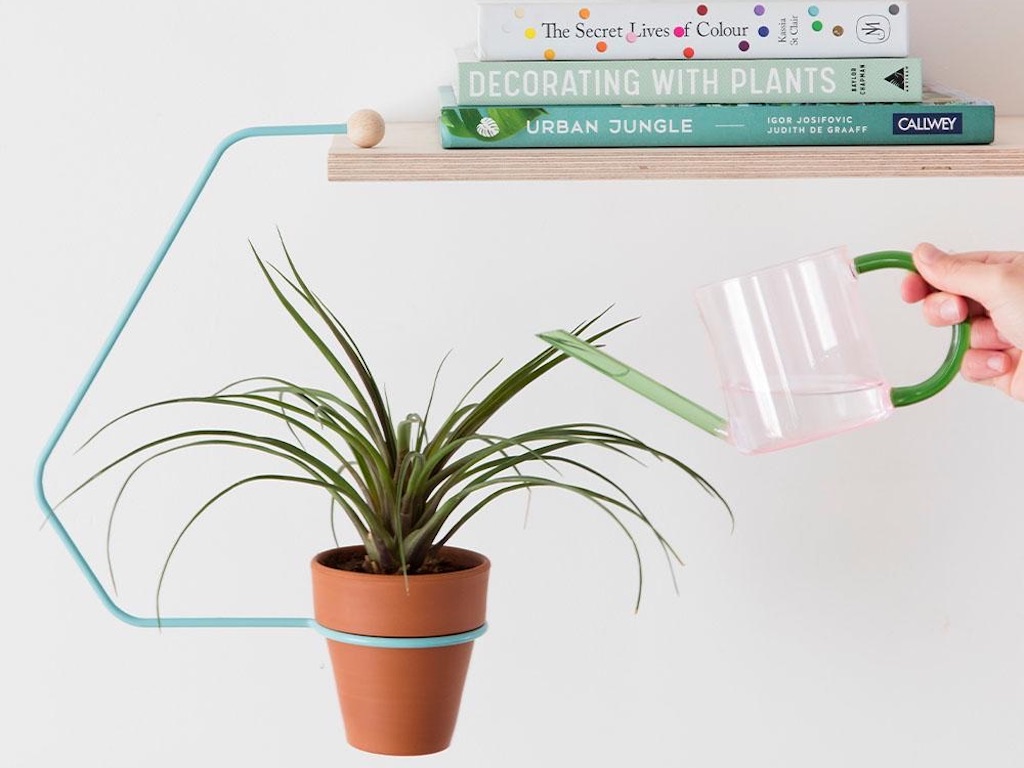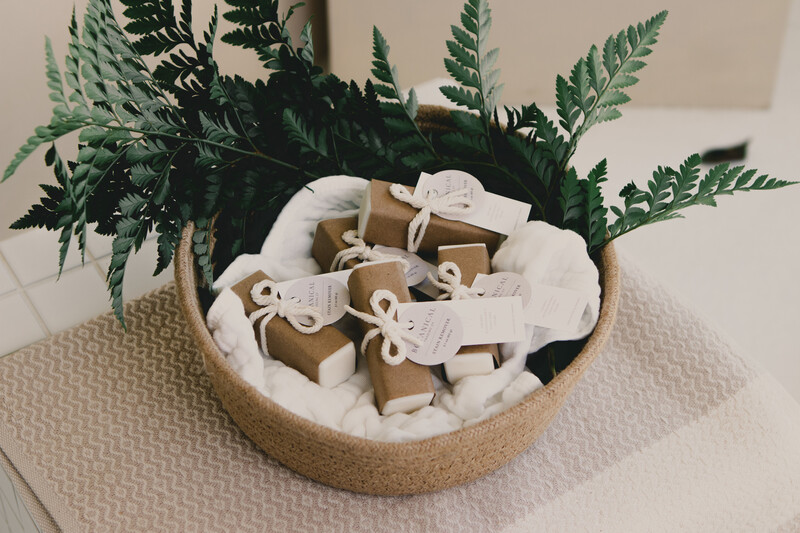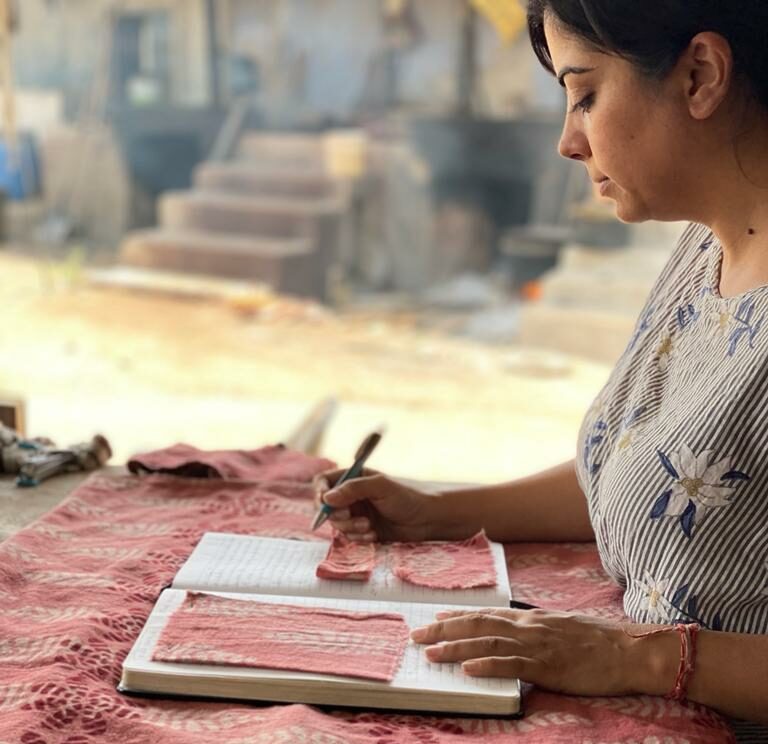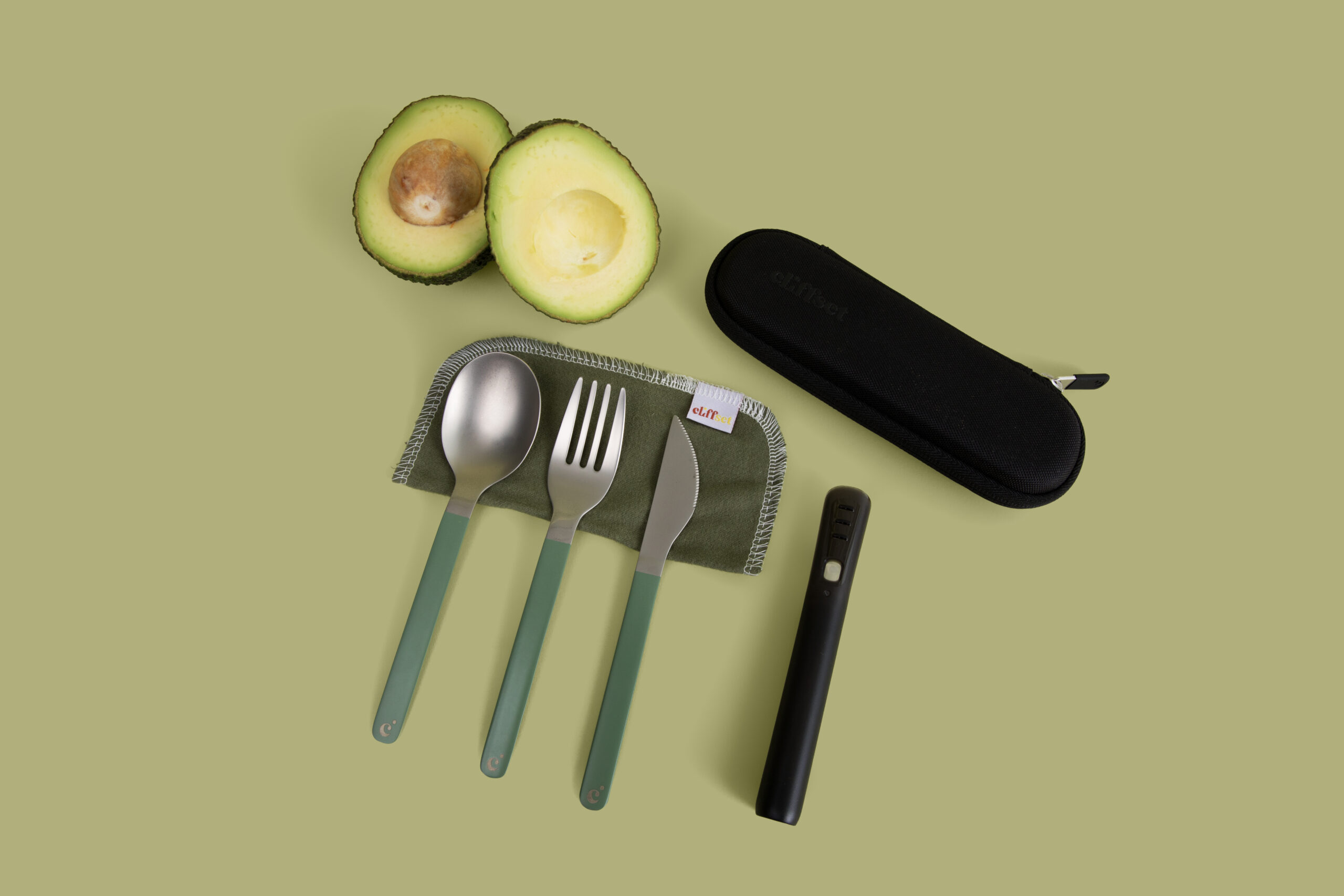
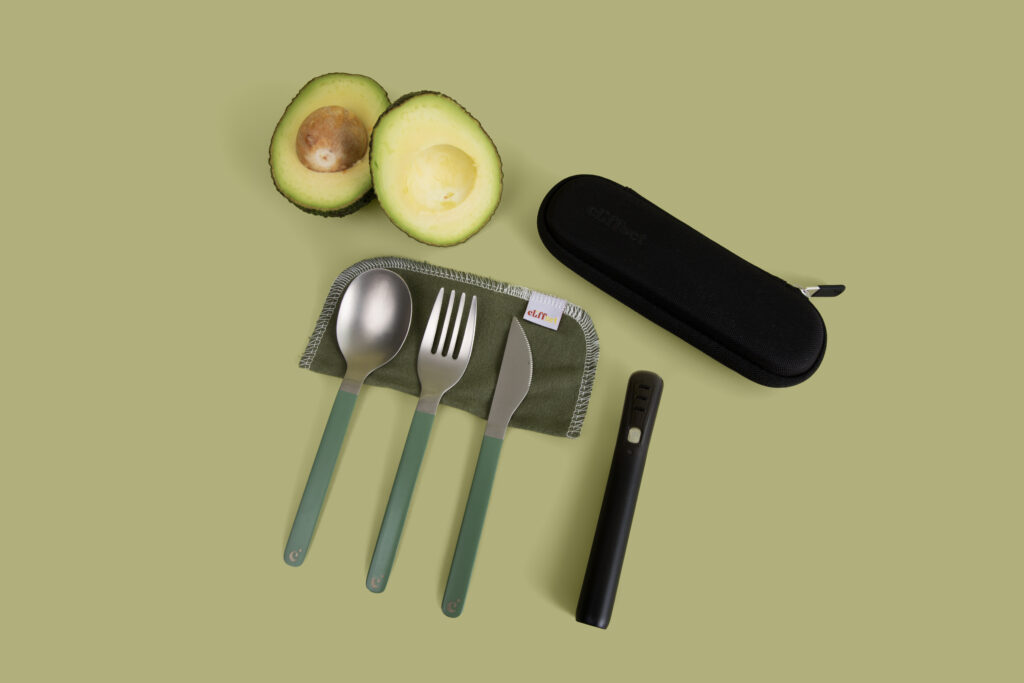
At Faire, we’re proud to work with independent retailers and brands around the world who make it their mission to leave the planet better than they found it. In honor of Earth Day, we asked a few members of our brand community for tips on running an eco-friendly business. We spoke with Cameron Drake—Founder of portable cutlery brand Cliffset, and Matilda Collett—Global Brand Manager of reusable kitchenware brand Porter Green, about creating environmentally friendly products, implementing sustainable business practices, and giving back.
Create with sustainable materials
Creating an eco-friendly business starts with the materials that make up your products. Whenever possible, prioritize sustainable materials that are recyclable, biodegradable, or renewable. You can also reduce your carbon footprint by creating a long-lasting product that can be reused for years.
At San Francisco-based brand Cliffset, founder Cameron Drake set out to do just that. He wanted to create cutlery that was reusable, washable, and free of harmful materials. “In college, I’d find myself grabbing food to go with a plastic fork in my hand. I was studying these massive environmental issues at the time, and I thought I could do better,” he said.
His solution was Cliffset’s stainless steel cutlery, offered in a kit that comes with reusable napkins, a cleaning solution made from pure lemon extract, and a cleaning tool for easy washing.
Today, Cliffset is stocked in retail stores around the U.S., offering customers across the country an on-the-go alternative to plastic utensils.
In Melbourne, Australia, Porter Green co-founders Jane Cox and Mary Warnest also made it their mission to offer reusable replacements for single-use items. They designed a range of stylish drinkware, from wine glasses to to-go coffee mugs, that would have minimal impact on the environment. “The majority of our products are silicone—a material made from silica, which is derived from sand,” Global Brand Manager Matilda said. “Our drink bottles are made of high-quality stainless steel, and our reusable coffee cups are made from biodegradable bamboo.”
Today’s consumers are continuing to seek reusable and sustainable products like those from Cliffset and Porter Green. “There’s a growing awareness around single-use plastic, and people are really trying to make an effort to use them less,” Cameron said.
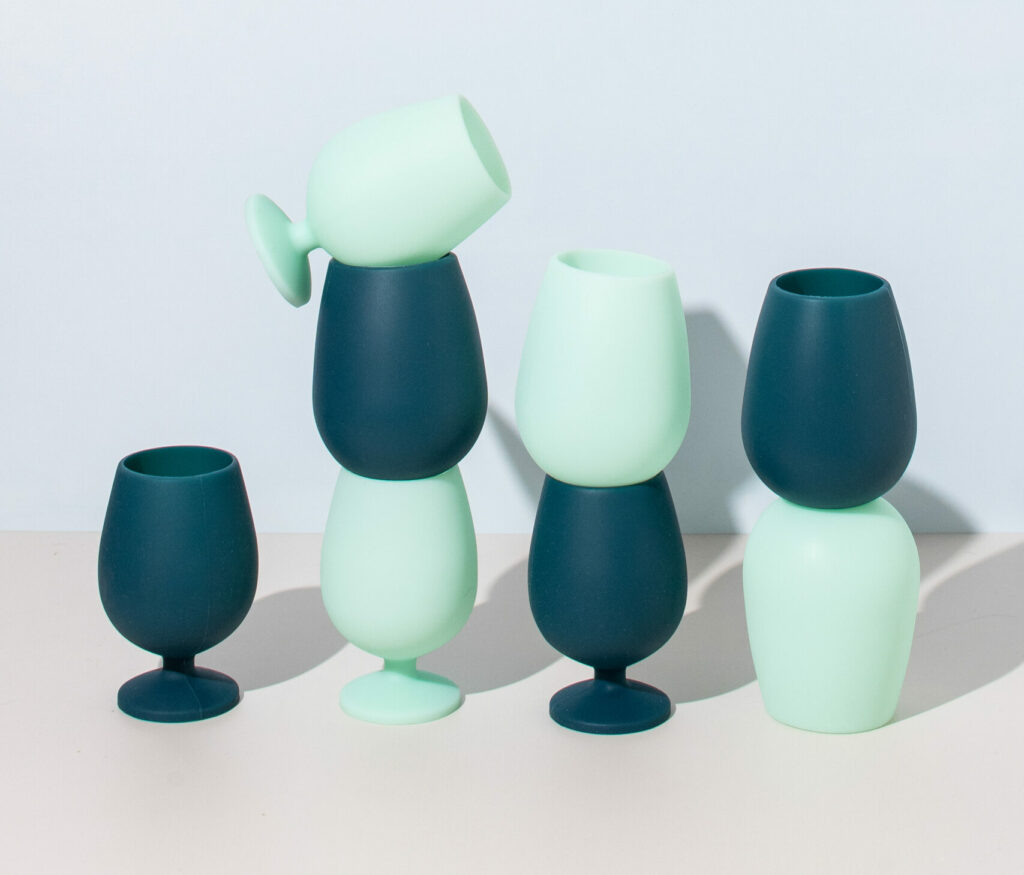
Consider eco-friendly packaging
Even if your product doesn’t directly address sustainability needs, you can still reduce your carbon footprint by offering more eco-friendly packaging.
“Every item comes in packaging—it’s industry agnostic,” Cameron said. “It’s important to choose and design materials that are natural, and to consider if the materials will be able to break down.”
When it came to Cliffset’s packaging, Cameron focused on packaging with natural materials that don’t rely on special composting facilities. In lieu of plastic, see-through packaging, Cameron opted for a cardboard box and offers a wooden display stand to retail stores to give shoppers the option to see and interact with the product.
It’s also important to pay attention to the packaging you use to ship orders. At Porter Green, the team only uses compostable packaging and recycled cartons when dispatching orders. In addition, try to avoid mailing envelopes with plastic bubble lining, styrofoam filling like packing peanuts and plastic wraps. Finally, cut down on waste by using compact packaging that matches the size of the product, rather than one standard large box for all shipments.
Set price points accordingly
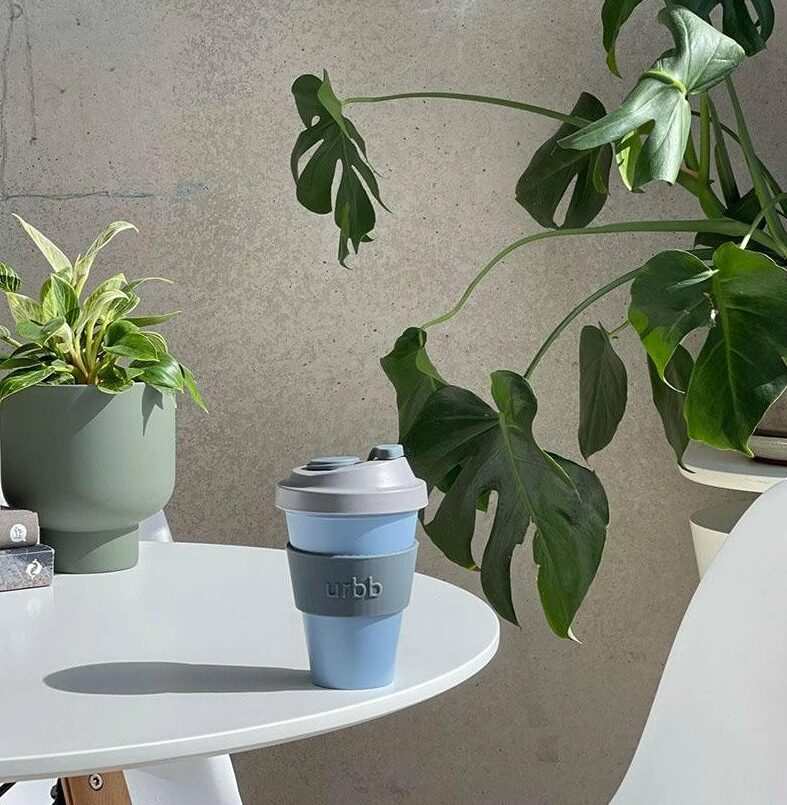
Creating products using sustainable materials can be more costly than when using more harmful alternatives like plastic. The creation process is also often longer as you work to find the best solutions and test your product. “Our reusable coffee cup took 14 months to develop,” Matilda said. “A lot of time was spent researching base material options. Not only do you need to meet your own sustainability, design, and performance criteria, your products have to be compliant with industry standards. It takes sufficient capital to sustain your enterprise from conception to bringing your product to market.”
However, these additional factors shouldn’t be a deterrent for entrepreneurs. Rather than shy away from these more expensive solutions, don’t hesitate to set the prices of your finished product accordingly to offset the cost of materials and production.
“When starting a new business, a lot of people make the mistake of trying to compete on price with these huge manufacturers who are just going to squash you with scale,” Cameron said. However, eco-conscious consumers aren’t as concerned with higher price points. Instead, it’s the high quality of the materials and the products that will catch consumer and retailer attention. In fact, according to a January report by the Institute for Business Value (IBM) in association with the National Retail Federation (NRF), 50% of surveyed consumers said they’re willing to pay a premium for sustainable brands.
“By not being afraid to charge a fair and higher price, you give your brand the opportunity to create something well-built with good materials that your consumer will value more,” Cameron said.
Offer repairs or replacements
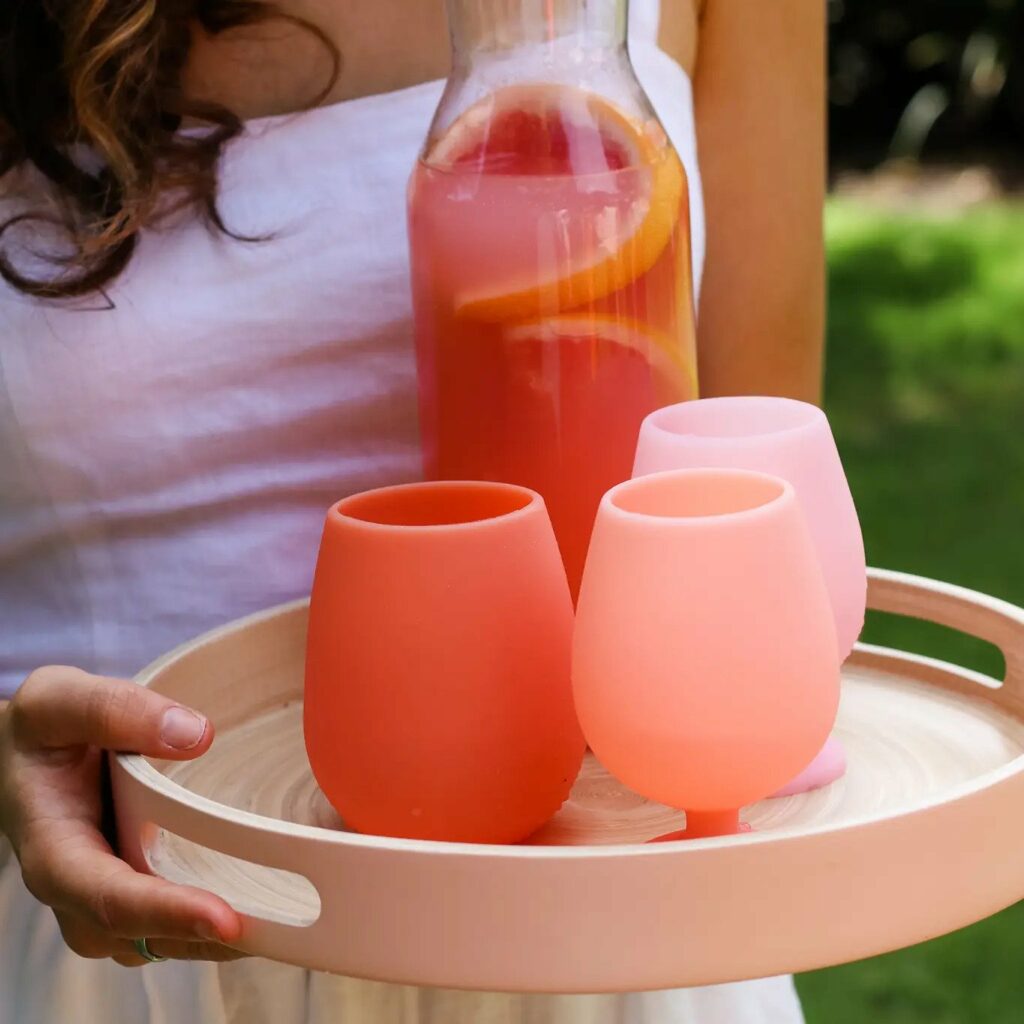
Part of practicing sustainability is ensuring products last a long time. The less frequently consumers need to replace items, the less waste is created. One way to make sure customers get the most uses possible out of your product is to offer free or discounted repairs or replacements. “Being able to offer your customers repair—or even parts so they can repair it themselves—goes a long way in terms of sustainability and from a customer service perspective.”
For example, rather than having a customer buy a brand new shirt when a button falls off, offer to sew a new button on for them, or give them the button to sew back on themselves. In addition, consider setting up a second-hand or resale program that offers customers used goods at a discounted price, further avoiding waste.
Put sustainability into practice
Practicing sustainability in your business goes beyond just what you put into your product. It’s also important to ensure that the facilities where your product is made are applying eco-friendly practices as well. “Start with the basics,” Matilda said. “Ensure your team members are recycling correctly. At our warehouse and offices, we use compostable rubbish bags, refillable soap dispensers, and bamboo toilet paper. Our office and warehouse also utilize solar panels.”
These same practices can be translated to a brick-and-mortar store as well. Use reusable or recyclable bags for in-store orders and offer emailed receipts to avoid excess waste. Avoid single-use plastics in displays, opting instead for stands made of wood or bamboo and labels made of recycled cardboard.
Give back
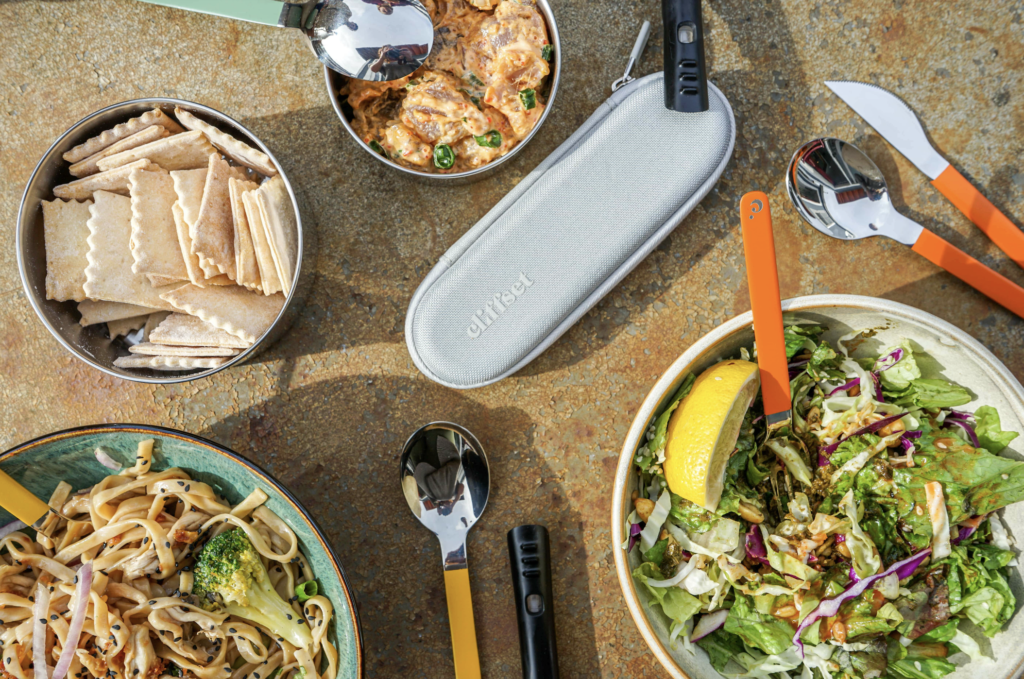
Donating your time or money to an environmental non-profit is another easy way to practice sustainability in your business. Organizations like 1% for the planet connect businesses with local causes or nonprofits to donate to. “Being a 1% for the planet company means we give 1% of all sales to environmental nonprofits,” Cameron said.
Cliffset was matched to an organization in Half Moon Bay, California called SeaHugger that helps protect and heal the marine environment from plastic pollution through action and education.
“SeaHugger also pushes for new bills,” Cameron said. “We recently encouraged our communities to write letters to local lawmakers asking for a bill that would end single-use nicotine products.” Cliffset also works with SeaHugger to organize beach cleanups across the Bay Area.
Learn more about Cliffset and Porter Green.

